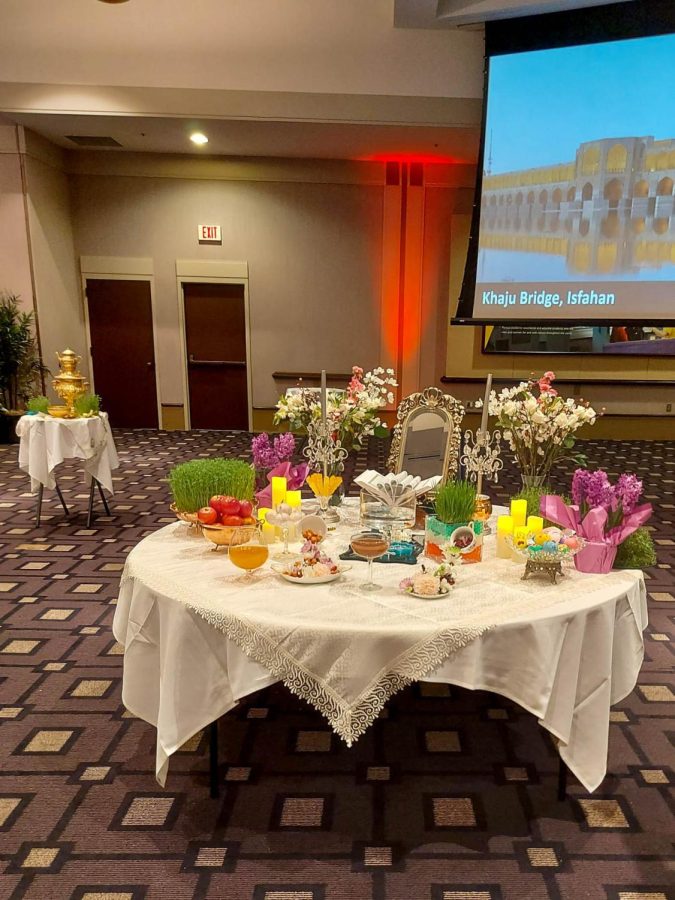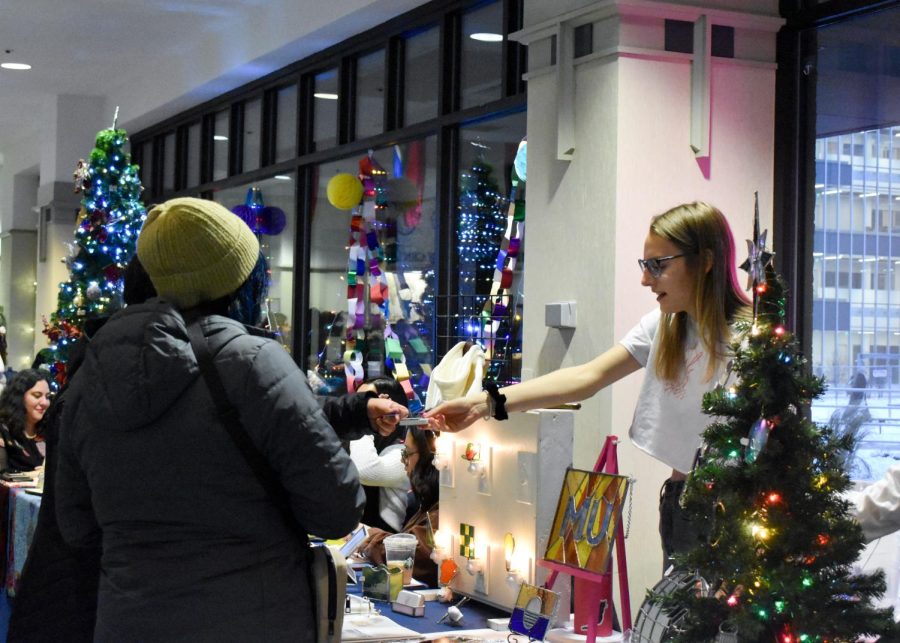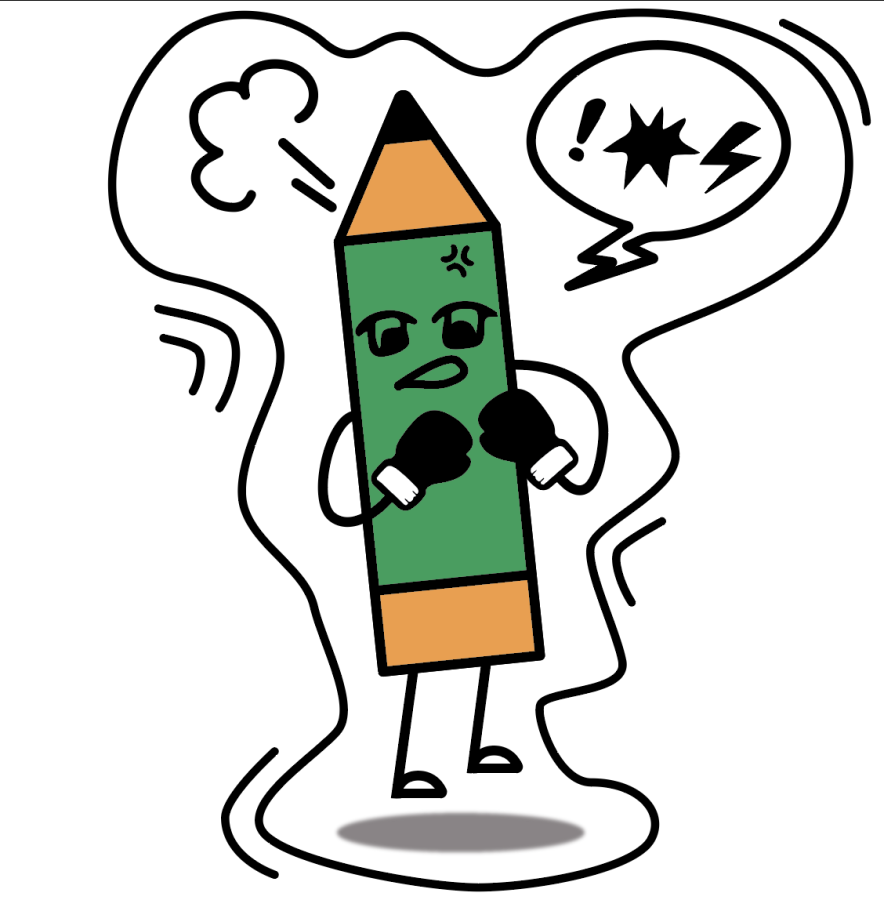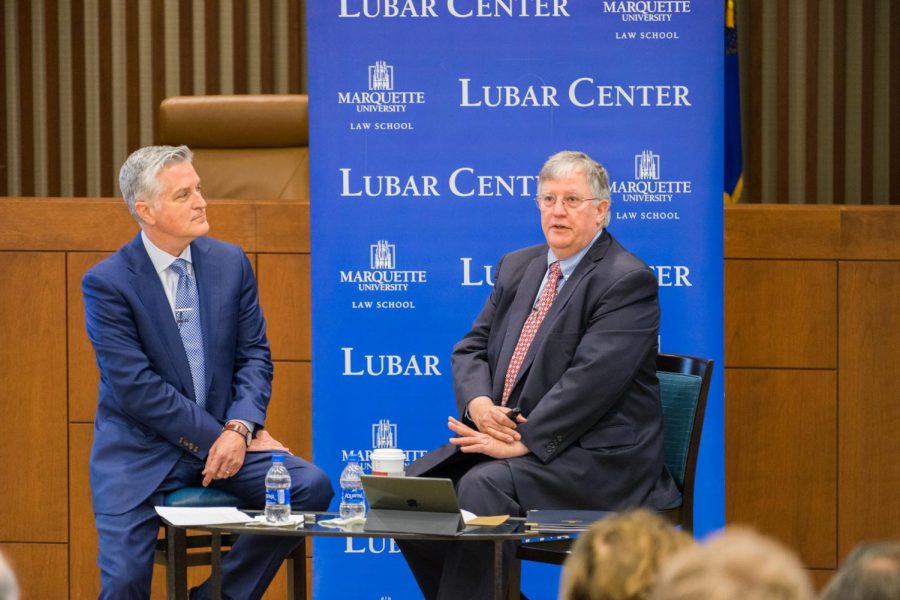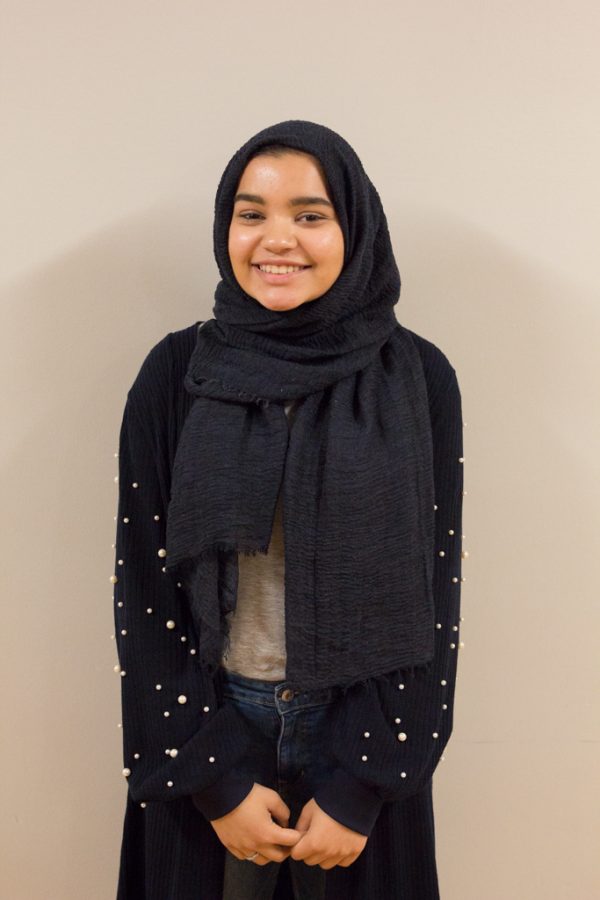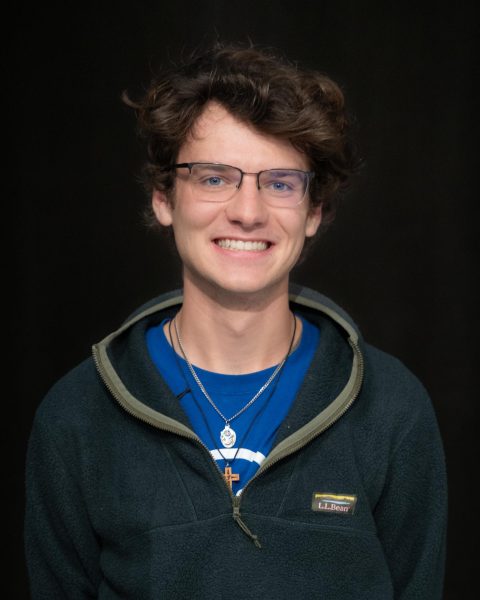Spring into the new year with dancing, music and tradition. Nowruz is the celebration of the Iranian new year which took place on March 20. Nowruz is a jubilation of winter passing and renewal of life.
“Nowruz is about rejuvenating. It’s like the cold is gone and we are entering a new season of beauty and nature … we are entering a new era and everything is coming back to life,” Barbod Mehrbod, a first-year at University of Wisconsin-Milwaukee, said.
The Commuter Student Association and Mohammed Pouya Mirzaei, a junior in the College of Health Sciences, hosted the event with a mix of festivities for people of all generations. Nowruz at Marquette was held in the ballrooms of the Alumni Memorial Building.
“No one really expected there to be a Persian New Year event this year because there hasn’t been one for several years, just seeing that there was something here and there was catering and food and dancing, I think everyone had a good time here,” Mirzaei said.
Mirzaei said he is thankful for his family helping him out with this event. He said this event opened his eyes to other Iranians living in the area and said it was revitalizing to be with people who celebrate the same customs as him.
“Being in a place where there are other people who have that exact same experience, who are just like you, who understand your traditions and values and roots, it gives you a sense that you belong here and have a place,” Mirzaei said.
A mix of dancing and live music had partygoers clapping along.
“We have our cultures, we have our fun … I really liked the music and the dances. I think those were the most exciting parts. I think the dances were the best part because they were really paying attention,” Mirzaei said.
Merhbod was one of the musicians performing; He played the tar, a classical Persian string instrument. He said that when performing he harmonizes with his music and playing helps connect him with his culture.
Nowruz is held on the day coinciding with the spring equinox, the date of the festivities are adjusted in accordance. During this time people practice “good thoughts, good words and good deeds.”
The current year in the Shamsi Calendar is 1401. The Shamsi calendar began when Prophet Muhammed made his pilgrimage from Mecca to Medina in modern day Saudi Arabia. But traditions can be connected with Zoroastrian customs dating back before 700 B.C.
A traditional table, called a Sofreh Haft Seen, displays products of the earth, each with a significant meaning. On the table there are items including flowers, a bowl with fish and colored eggs.
During this time families will come together to greet and exchange gifts. In preparation for Nowruz, there is a spring cleaning called ‘khaneh tekani,’ or shaking of the house in literal translation.
Iranians aren’t the only ones celebrating Nowruz. Nations across the Middle East and Central Asia take part in the new year’s festivities.
Aray Yesmakhan, a first-year graduate student, said this celebration made him feel like he was back home in Kazakhstan. He also won a pot of lentil sprouts during the event. The sprouts, called sabzeh, symbolize rebirth.
“We celebrate it [Nowruz ] outside. When we are at school or university we try to choose a day, it doesn’t matter if it is exactly Nowruz Day, we just try to choose a date that is going-out weather so we can celebrate it outside,” Yesmakhan said.
Other regional differences in Nowruz include the type of food that people eat. In Iran, typically the meal includes a type of fish and a meal called sabzi polo, or herbed rice.
Meanwhile, in Kazakhstan families make a soup made out of seven ingredients that have been left over from the winter, called nowruz-koje.
In Persian culture seven is a lucky number and is implemented into the Haft Seen. April 2 is called Sizdah Bedar and is when people will go out to spend time outdoors and picnic, this marks the conclusion of the Nowruz festive period.
This story was written by Connor Baldwin. He can be reached at [email protected]


